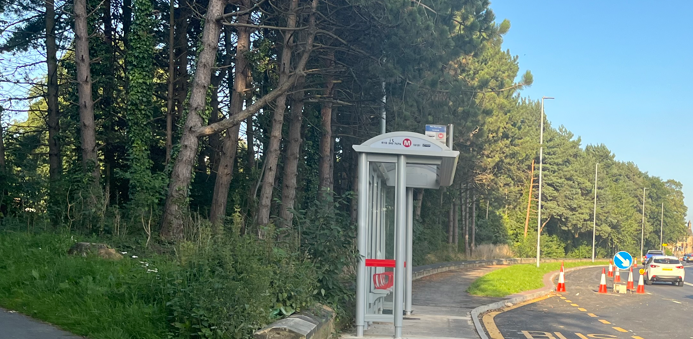Section 106 Agreements – Planning Obligations
- September 10, 2023
- Highway Legal Agreements, Knowledge base
- Comments Off on Section 106 Agreements – Planning Obligations
Section 106 Agreements are a legal Agreement between a Local Authority and a developer, which is utilised to require developers to undertake certain works or financial contributions in order to mitigate against the impact of a development. Outlined within Section 106 of the Town and Country Planning Act 1990, Section 106 Agreements are often suggested by Local Authorities (LA) in order to enforce certain conditions that would not normally be acceptable in planning terms.
Section 106 Agreements & Highway Works
Section 106 Agreements can cover a variety of areas, including monetary provisions to local schools, the provision of specific infrastructure and the most common use currently – provision of a certain number of affordable homes. Section 106 Agreements often involve long timescales as there is often a negotiation between the LA and the developer to determine the extent of the items the Section 106 Agreement should cover.
In highway terms, S106 Agreements can potentially cover off-site highway works, which may require the developer to enter into a Section 278 Agreement (see Section 278 Agreements – Permanent Alterations to the Highway). The scope of the works may vary significantly, from the provision of a bus stop, to the provision of a new roundabout. The largest developments may even include the contribution to, or provision of a new link road within the S106 Agreement.

Bus stops and cycle facilities are often requested to be provided as part of Section 106 Agreements.
One such way in which a Section 106 Agreement could be deployed is where the LA is unsure of the impact the traffic generated by the development may have on the highway network surrounding the development. In this instance, the LA may include a monitoring scheme within the Section 106 Agreement. Such schemes should monitor the traffic impact of the proposed development, and if a threshold is reached which shows the development has a significant impact on the local highway network, this may trigger defined highway works, such as junction improvements.
Section 106 Agreement Costs
The costs for arranging a Section 106 Agreement vary between LAs, but they may cost up to £10,000 for larger developments. This fee covers the legal costs of arranging the agreement and also the in-house monitoring of the development by the LA.
If a Section 106 Agreement is required, costs within each Section 106 Agreement are unique for each scheme. Depending on how severely the development impacts the local area, Section 106 Agreement contributions could comprise a significant percentage of the total development cost if major works are required in order to alleviate the potential impact of the development.
Section 106 Agreements are enforceable documents, and if the agreed works or contributions are not complied with, an injunction may be served to the developer.
If you like any assistance with any highway related matter contained within a Section 106 Agreement, book a free consultation or call us today.


Recent Comments